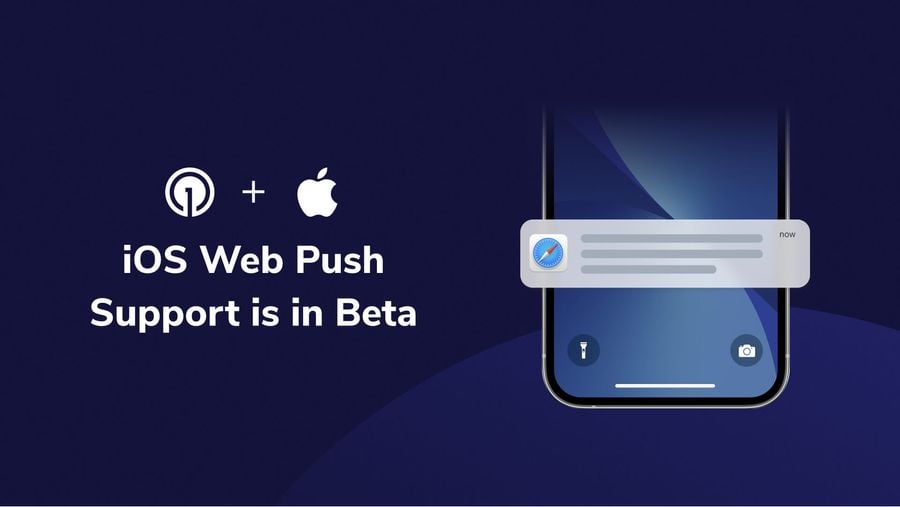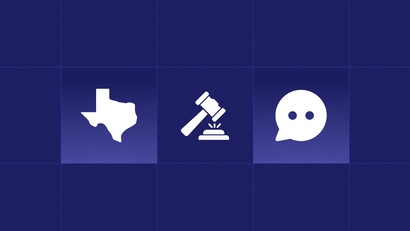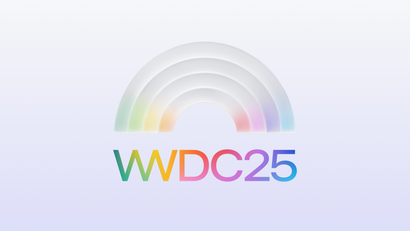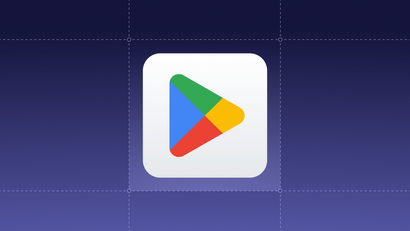Over the last few years, web push notifications have gone from a new and little-known channel to one that is used by over 5% of all top websites.
Web push was designed to solve an important challenge: it helps users receive real-time messages from products that they use primarily through an online UI. For example, web push allows users to receive an event reminder from Google Calendar, get notified of a new direct message in Slack, or stay informed about a breaking local news story.
Web push provides a real-time protocol that websites can use to obtain user consent for these messages and allows websites to send messages in real-time without requiring the user to install an app. Unlike channels like SMS or email, web push has a standardized opt-in and opt-out mechanism, thereby preventing spam and better highlighting the messages that users want to receive.
Best of all, web push notifications cost nothing to send. This is a crucial differentiator for businesses that may pay thousands of dollars to send SMS or WhatsApp messages.
Despite the value and affordability of web push notifications, there has been a major obstacle to wider adoption: the lack of web push support on Apple iOS mobile devices like the iPhone and iPad. To send push notifications on iOS devices, users are currently required to install an app from the iOS App Store and enable mobile push notifications on their devices. But in January of 2022, Apple announced plans to provide more widespread support for web push in 2023.
Now, those plans are finally coming to fruition. Today, Apple announced the availability of iOS and iPadOS Web Push support in iOS 16.4 Beta.

With this announcement, web push is now supported on all major desktop and mobile platforms, including Android, iOS, macOS, Windows, and Linux. It's also supported by all major browsers, including Chrome, Safari, Firefox, Edge, Brave, and Opera.
The widespread support of web push makes it an even more valuable and standardized channel for websites to communicate with their users. It only needs to be implemented once, and it will work smoothly across all browsers and operating systems.
The one caveat to Apple's implementation is that it requires the website to be added to the home screen. This is a relatively simple process that can be done from the share screen. Your website must be served with a web application manifest file to be added as a Home Screen web app. Otherwise, it will be saved as a Home Screen bookmark, which opens in the browser. If your site is already a Progressive Web App (PWA), no additional updates are needed.

Once this is complete, the website can prompt the user to grant push notification permission. The user can then manage those permissions per website in their Notification Settings, similar to apps that they have installed.
Notifications sent from websites will work exactly like those from apps. This means that they will be shown in the iOS Notification Center and other devices like the Apple Watch.
How Web Apps can Implement Web Push Notifications
While easy for end-users, the technical elements of implementing web push and techniques for maximizing opt-in rate can be somewhat complicated. To help with this, OneSignal offers both free and paid plans that streamline the process of adding and sending web push notifications. In addition, we provide tools to maximize opt-in rate, automate messages, collect analytics, and centralize multiple messaging channels like email, SMS, and web push within a single platform. Our team is following this Apple release closely and will ensure that our users are prepared to leverage web push on iOS as it becomes available.
Learn more about mobile web push requirements and how to ensure your website is ready to leverage iOS web push.
Steps to Prepare Your Web App for iOS Web Push



